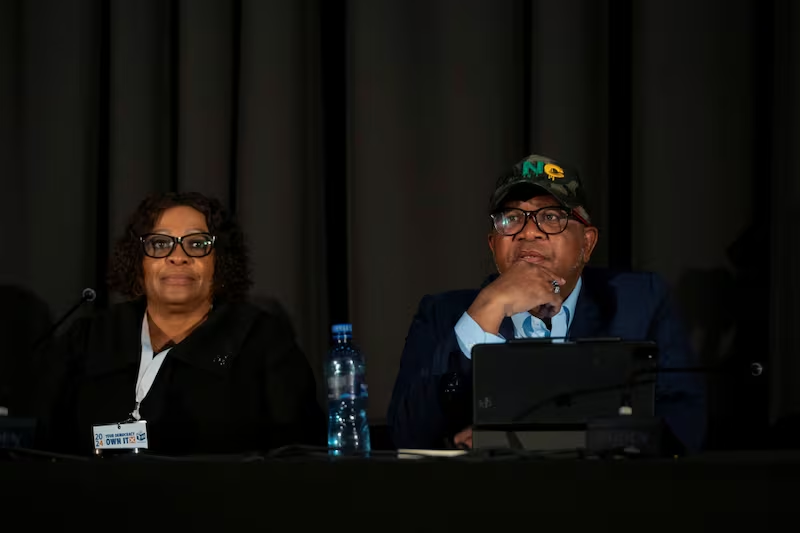Business
South Africa’s New ZA Plug: What It Means for Homes and Businesses

Out with the old, in with the new
If you grew up in South Africa, you know the bulky triangular three-prong plug that’s been part of every household for decades. But change is underway. The South African Bureau of Standards (SABS) has officially adopted a new hexagonal three-pin socket and plug configuration, known locally as the ZA Plug.
The ZA Plug, formally called SANS 164–2 and known internationally as the Type N standard, is compatible with the slim two-pin Europlug often used for phone chargers and small electronics. This makes life easier for households tired of hunting down adapters.
A decades-long transition
The journey to this new plug began back in the mid-1980s when global authorities first floated the idea of a universal socket system. Europe abandoned the plan, but South Africa pressed ahead. The ZA Plug was approved locally in 2006, became part of the wiring code in 2016, and by 2020, it was compulsory in all new buildings.
That does not mean you need to rip out your existing sockets. Old three-prong outlets remain legal and are still widely used in homes, offices, and factories. The change is slow by design, with experts saying the full transition could take 20, 30, or even 50 years.
Why the ZA Plug matters
There are solid reasons for the switch. The new plug is more compact, meaning you can fit more sockets onto a single wall plate without relying on multiplugs. This helps curb the use of low-quality multiplugs that often cause electrical hazards.
It is also safer for children. The ZA Plug’s pins are thinner and harder for little fingers to reach inside. Yet they still support up to 16A, making them strong enough to power most household appliances. Over time, the new design is also expected to be cheaper to manufacture.
From a convenience perspective, Europlugs now slot in directly without an adapter. That’s welcome news in a country where chargers, hairdryers, and gadgets all compete for socket space.
Adoption at its own pace
The SABS has made it clear it does not want households to face steep costs in switching over. Instead, it is working with the National Regulator for Compulsory Specifications (NRCS), manufacturers, and suppliers to encourage adoption naturally as new buildings go up and old appliances are replaced.
Already, many smaller electronics and hairdryers come standard with the ZA Plug, while heavier appliances like fridges and stoves continue to use the older three-prong version. This gradual mix will likely be the norm for years to come.
The bigger picture
South Africa may not have achieved the global dream of one universal plug, but the ZA Plug represents a step towards safer, more modern, and more user-friendly infrastructure. It’s also an example of how the country has pushed forward with international standards, even when others walked away.
For now, you will see both socket types side by side. But as more homes and businesses adopt the ZA Plug, the old triangular plug that defined South African households for generations will slowly fade into history.
Also read: Millionaires Swap Gauteng for the Western Cape in 2025
Follow Joburg ETC on Facebook, Twitter, TikT
For more News in Johannesburg, visit joburgetc.com
Source: MyBroadband
Featured Image: SABC News















